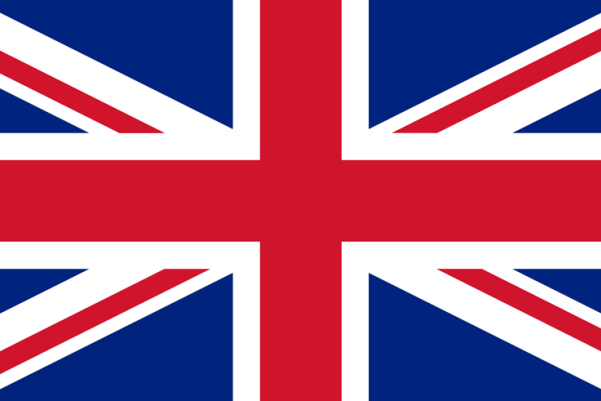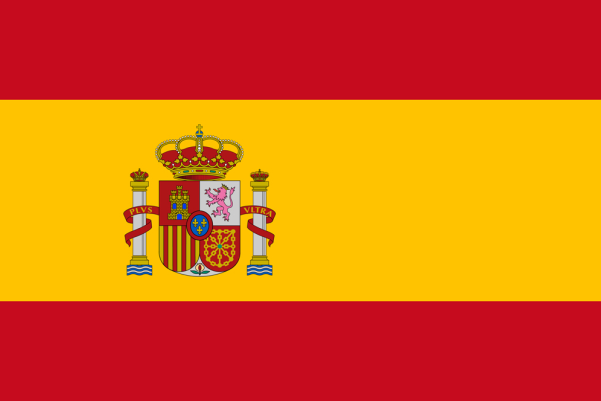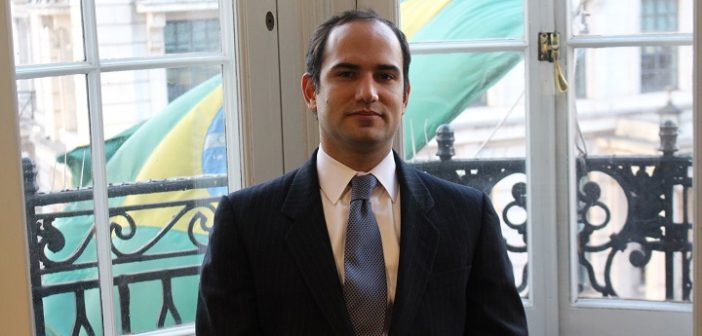The cultural attaché of the Embassy of Brazil in London talked exclusively with BBMag. Hayle Melim Gadelha welcomed our reporter, and told us some very interesting things about Brazilian culture here in London.
BBMag: What role does the Cultural sector of the Embassy play?
HMG: The promotion of Brazilian culture to foreign audiences is one of the many missions of Brazilian Embassies throughout the world. In my view, this work ought to take into consideration the enormous diversity of our country’s cultural and artistic expressions, seeking to overcome the stereotypes, and not focussing solely on the cultural production of our principal urban centres. Of course, we mustn’t disown these more stereotypical expressions of our culture, because many of them are important, they have value. It’s just that they are already capable of generating their own publicity.
BBMag: What’s new in the Cultural sector of the Embassy this year?
HMG: This being the year of the Olympic Games, Brazil will enjoy a particularly special visibility. We will have an uninterrupted programme of exhibitions, both in the ‘Sala Brasil’ – which is our magnificent picture gallery, where we house our largest exhibitions – and in Gallery 32. We will be promoting some concerts too. We are going to continue with our Book Club, which started last year, involving the discussion, in English, of some classics of Brazilian literature. It has been an enormous success, and other Embassies have been incentivised to reproduce our model, because it is a way to promote our culture in a more profound and lasting fashion. Anyone who comes here to discuss a book is left with an impression of Brazil in their heart for a long time. Another regular activity we run is our Cineclube (‘Cinema Club’), with fortnightly sessions, where we have seen our audiences growing; on many occasions we’ve had a full house. We have a projection room for an audience of 100 people. Whenever possible, we bring directors, producers or critics to discuss the films. In addition, over the course of this year we will be promoting concerts, plays, and events of gastronomic and architectural interest. In other words, the idea is to make of the Embassy a hub for exchanges, to serve as a go-to reference point for everybody who is interested and curious about Brazil. Recently, we have had varied exhibitions, ranging from one on concrete poetry, to another on contemporary art in the state of Pernambuco, to photos of the Amazon. In short, we have covered the erudite and the popular, from the South to the North of the country. We aim to bring the richness and diversity of Brazil to the local audience.
BBMag: Some renowned Brazilian artists, like Gil and Caetano, have kept coming back to London for decades. In your opinion, do Brazilian artists help to promote Brazil when they perform in England?
HMG: I have no doubt about it whatsoever! Among the artists who are based here, Thiago Soares, a Principal of the Royal Ballet, is a good example. I am always saying to him that, in a way, he is a Cultural Ambassador for Brazil, because as well as his talent, he is transmitting important values that come from our country. He is someone who influences world ballet and guarantees positive associations for the image of Brazil. This is something which should be encouraged, because improving a nation’s reputation can result in an increase in tourism, an increase in trade; it can generate sympathy for our citizens wherever they may be and, even, for the causes defended by Brazil in international organisations. I believe that this public diplomacy, together with the engagement of local society, contributes to the creation of a Brazilian brand, and of a favourable perception of Brazil.
BBMag: Do you think that Brazil is still not very well known in England?
HMG: It could certainly be better known than it is… In the UK, Brazil is much less popular, culturally, than in other places. If we were to go to countries in Continental Europe, Brazil is much more appreciated there than it is in England. The language barrier is perhaps one of the principle reasons for this. This unfulfilled potential makes our work even more of a challenge, since London is probably the cultural capital of the contemporary world, which irradiates and emanates everything that happens here. I often say that the Embassy’s work in London goes far beyond the bilateral relationship between Brazil and the UK; from here, we have a window on the world, because London is in fact a nodal point for media networks, academic networks, networks of technological-scientific cooperation and, above all, for networks of cultural exchange. And so what is done here has a very special reverberation.
BBMag: Every year, the Embassy is open to applications for cultural projects…
HMG: Our aim is to remove as many complications as possible. Indeed, there are some very simple guidelines on how the Embassy can support the cultural initiatives of anybody interested in promoting any aspect of Brazilian culture, not only in London but also in the whole of the UK. Traditionally, we have been supporting events and projects in a variety of ways, even providing financial support. Since last year, with the budgetary crisis our Government is undergoing, we have been finding it difficult to support cultural projects in such a big way. On the other hand, we have an enthusiastic team that is keen to get things done, which ends up compensating for some of the budgetary limitations. We can certainly provide support by publicising and promoting events. Our outreach network is impressive, whether it be through our website, Facebook, Twitter, mailing lists, newsletter, etc. The Embassy has at its disposal an exceptional space and a privileged location, which allows us to put on a full programme, of the highest quality. It is quite hard for us to make a selection from the projects we receive, but we have a Curatorial Committee, with people who are specialists in different areas of culture, who help us to choose, from among the many projects received, those that will have a place at the Embassy during the following year. We typically accept applications up until October, every year, for the following year’s projects.
BBMag: What’s your view on the appearance of Bossa Brazil Magazine in the United Kingdom?
HMG: I couldn’t look on it any more favourably, because it is going to fill an important gap. I have no doubt that it can help the work of the Embassy in creating a rich, plural and positive image of Brazil. Brazilian culture is uniquely diverse. As I mentioned before, it has an enormous potential for being discovered and admired by the British public. With its fantastic name – which contains within it one of the most successful Brazilian cultural exports, exemplifying the Brazilian lifestyle and way of being –, I believe that the Bossa Brazil Magazine has a lot to contribute. I hope that we will be partners in the task of showing Brazil to the British, and you can count on me and on the Embassy to make the project effective and a big success.
BBMag: What is the principal message that you would like to pass on to readers of our magazine?
HMG: In this quest to promote Brazilian culture, we have been trying to show how the breadth and diversity of Brazil, in cultural, ethnic, religious terms, and in terms of its customs and creeds, have created a fantastically rich ‘cultural melting-pot’. In Brazil, many new things have been being produced. We have a young culture, comprising a really valuable mixture. I believe that British people have been getting beyond the stereotyped vision of Brazil, and are benefitting from our unique cultural richness. One success story concerning a Brazilian cultural export has been the Inhotim Museum, in Brumadinho, Minas Gerais, the biggest open-air contemporary art museum in the world and, in my opinion, the best. A first-class museum, which I would recommend all British people going to Brazil to visit. Of course, before they do that, they ought to experience my city, Rio de Janeiro!
BBMag: Could you tell our readers about any curious cultural fact?
HMG: Yes, I have been studying something very interesting! The first exhibition of Brazilian art to take place in Europe was hosted at the Royal Academy of Arts in 1944. 168 paintings, by the greatest modern Brazilian painters, were donated. Among these painters were Portinari, Tarsila do Amaral, Di Cavalcanti, Cícero Dias, Iberê Camargo, Volpi. In recognition of the British war-effort, they donated their paintings to be auctioned, with the proceeds going to the British Air Force. And this happened at the height of the Second World War! Bombs were still falling on London and these paintings were being exhibited at the Royal Academy of Arts. Almost nobody knows that Brazil was the only South American country to send troops to fight in the Second World War. More than 25,000 soldiers! And what’s more, we also sent our “soft power”, in the form of 168 works of art that crossed the Atlantic, which was infested with enemy submarines.
BBMag: That’s really cool to learn, especially for young people who don’t have a sense of just how difficult it must have been to put on a Brazilian art exhibition at that time…
HMG: Yes, it was during the War! And they sold half of the paintings! One of the Embassy’s current projects is to rescue the memory of this story. In the next edition of BBMag we can delve deeper into the subject. Until then, you can count on us for anything you need.

















